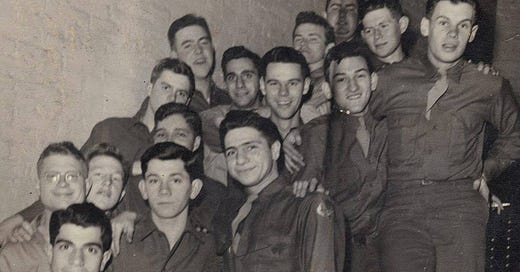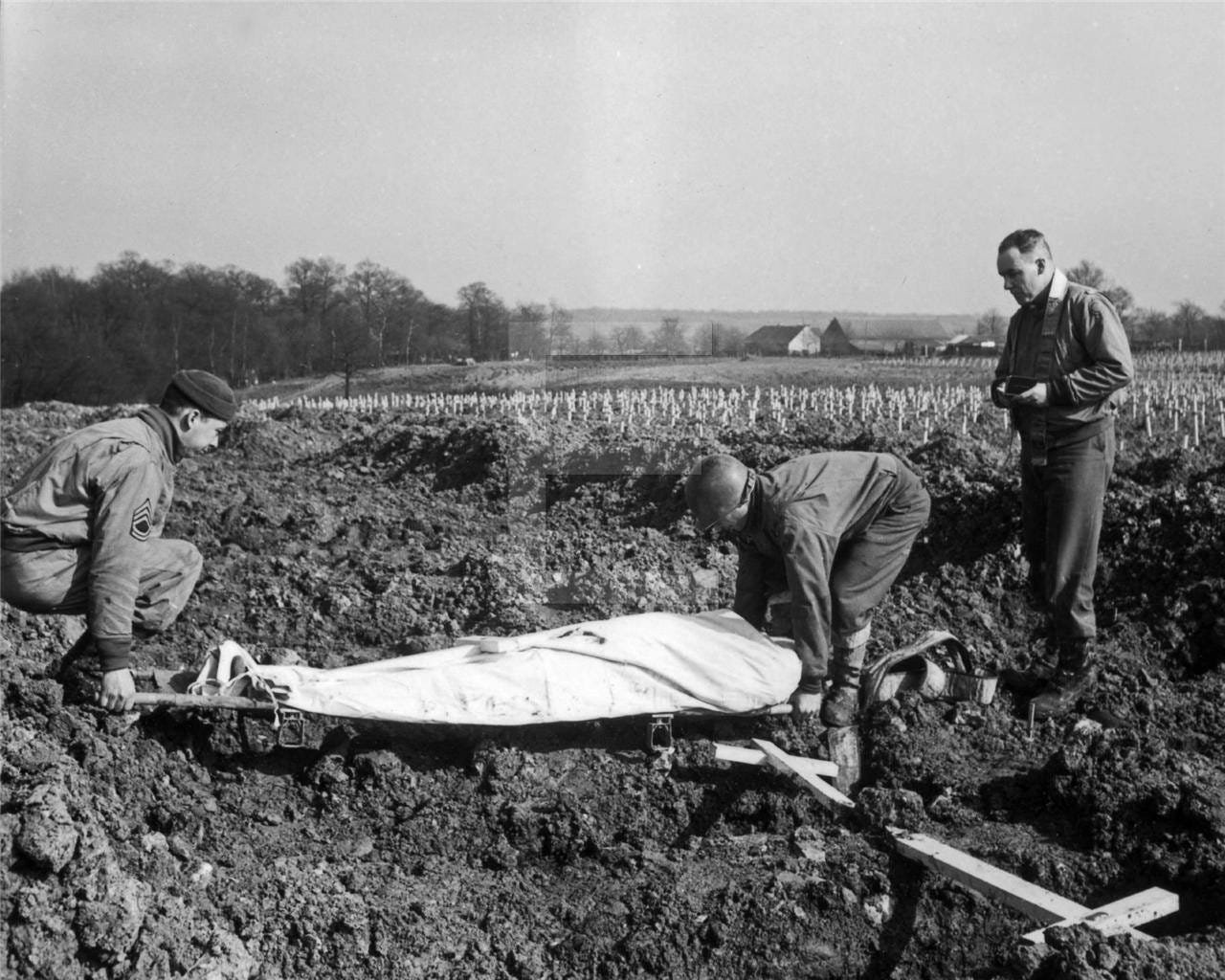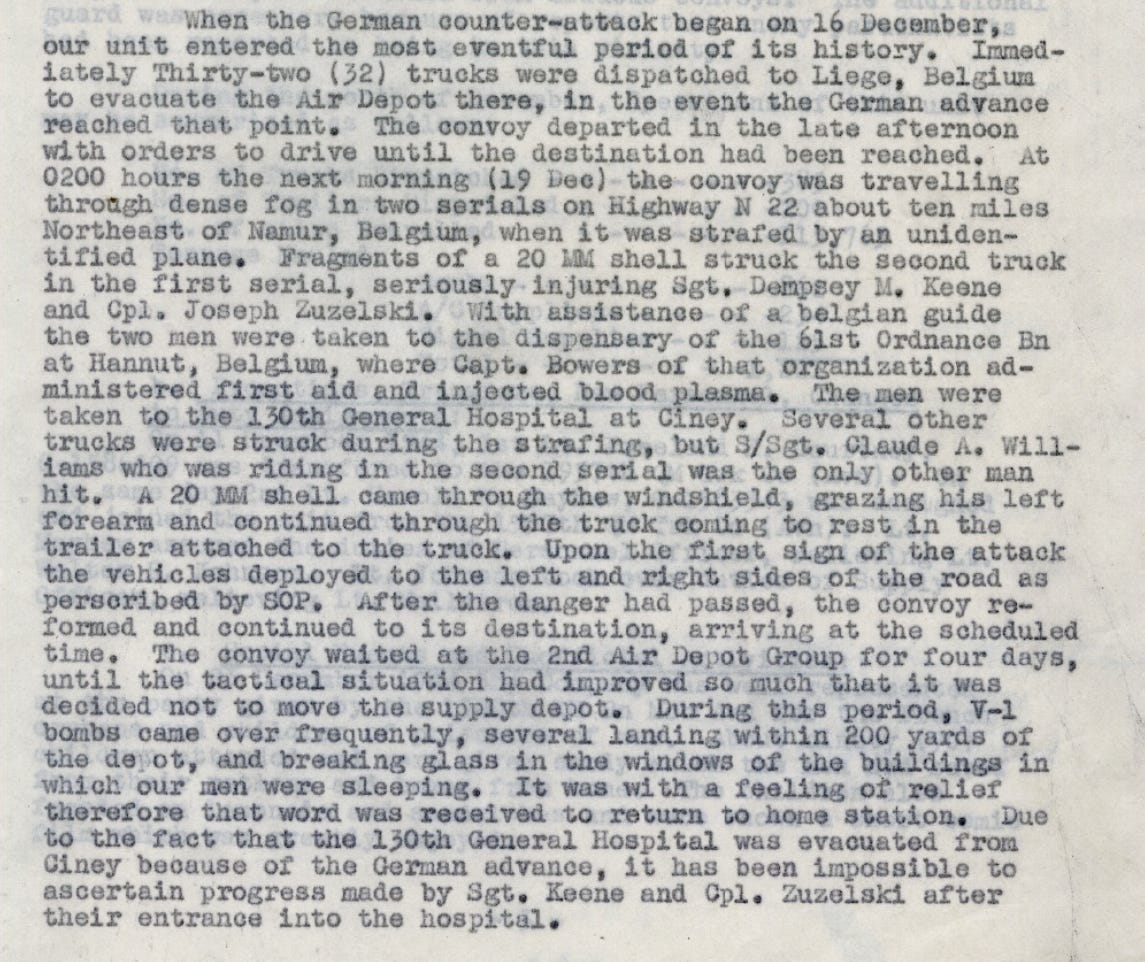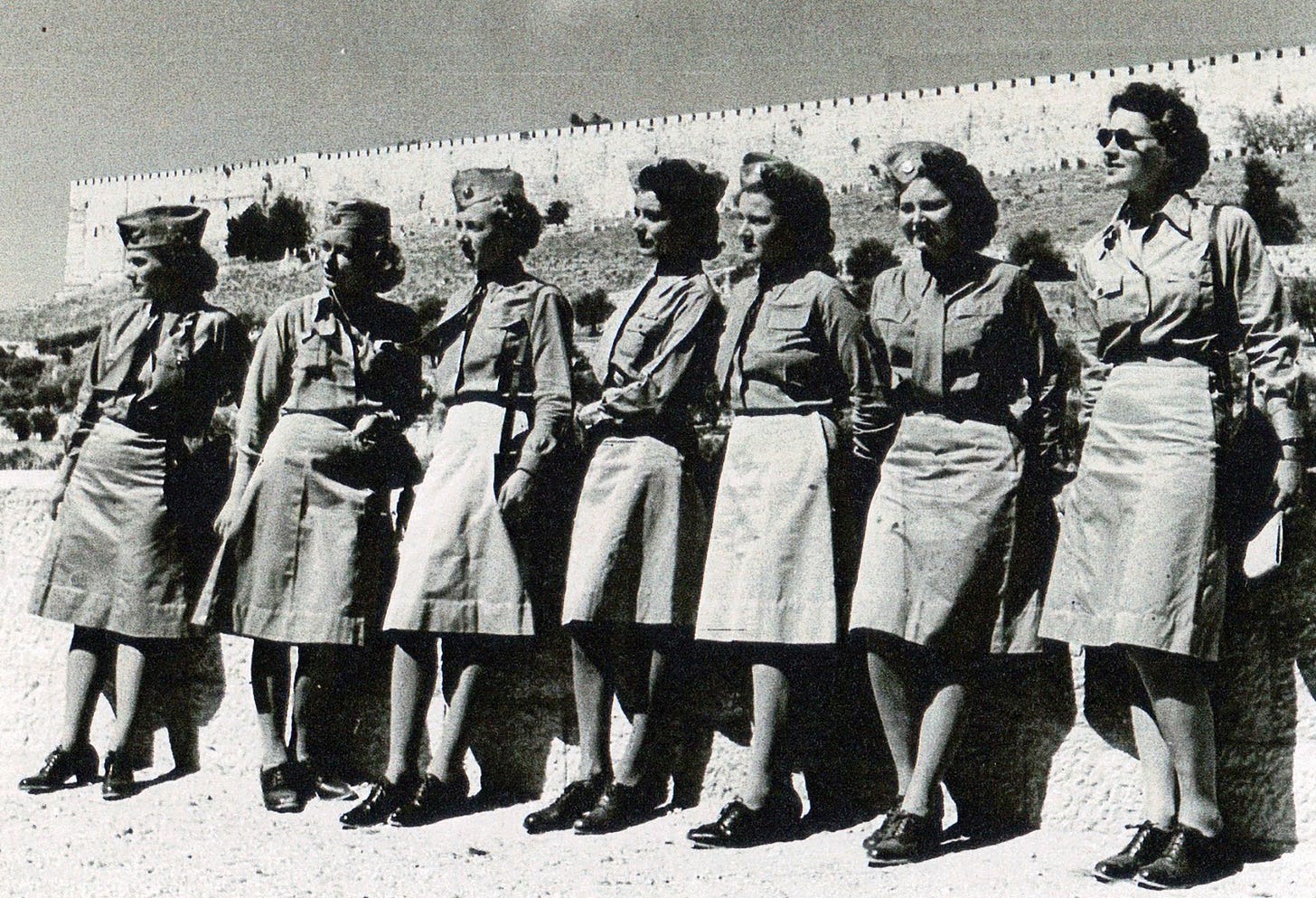We don’t know what we don’t know. This is true whether we are talking about military research, genealogy, real estate, or money. The thing that holds us back, wastes our money and time, and prevents us from finding answers is not asking the questions and following through with the research required to learn what we don’t know.
Each of us comes to military research in our own way. My introduction to it came in 2010 as I wrote my bucket list book about my AVG Flying Tiger cousin Robert Brouk. I knew basically nothing. Not much was online back then and the genealogy community said all the Army and Army Air Force records burned.
My ancestors who died in war told me there were answers and I better figure out how to find them. So I did. My investigation into WWII research led to me writing several books, taking research clients, and teaching people how to research. I’ve also spent a lot of time observing people in FB groups and other social media sites, to see where they are falling short because they don’t know what they don’t know. Observing has allowed me to learn a lot about what’s missing in military education.
I have a few tips to help you save time and money and find some answers. Are you ready to dive in? There are a lot of men and women on the other side just waiting to help you find their stories.
Blunder #1. Trust Everything.
We have been so conditioned by our families to be loyal. To trust. To believe that every story that’s told over dinner or dessert or by the fireside is true. But what if it isn’t?
When I was a baby genealogist in 1996, my 91 year old grandma told me about my cousin Frank Winkler. She basically said he was with the 29th Division on Omaha Beach, received head wounds that day and died a few weeks later of those wounds. He spoke German and was in reconnaisance. When his body came home his parents didn’t think it was his.
That story set off some questions and red flags that I had no time to investigate then. I was basically just gathering as many facts, photos, records, and stories as I could on my short visits with my grandmas. In 2010 when I started the actual research, I learned the story contained grains of truth but her story was not the actual truth. We have to do the research and see how stories sort themselves out.
Blunder #2. The Separation & Discharge paper or death record tell me the unit to research.
Many people think the Discharge Paper will give them everything they need to start research. The unit listed on the Discharge was the combat unit. But it wasn’t always.
On the Discharge paper or within the death records or IDPFs (Individual Deceased Personnel Files) will be a final unit. This doesn’t mean the only unit in which someone served. Sometimes that final unit wasn’t even one the veteran was in combat with. It was simply for discharge. Bottom line - you always have to reconstruct military service to learn the story. Plus, there might even be a twist you didn’t expect!
My recent twist - I just completed a project for an Army Air Force waist gunner. This man went through 22 different units throughout his WWII experience. Plus his bomber crashed October 1944 and he and the crew were listed as Missing In Action. Normally when this happens it is assumed they all died or were taken prisoner. Most people stop researching after an MIA notice. BUT - PLOT TWIST! His crew, minus one who was taken prisoner, were on the run for 2.5 months before they were returned to Allied control and then shipped stateside. Their time in Europe was over. This man went on to complete his service in WWII stateside and then re-enlisted in the Army Air Force the day he was discharged! His discharge paper didn’t tell me all this.
The OMPF was the service file. Created for every veteran. Civilians who worked for the Federal Government have a similar file. The IDPF is a death file created while someone was in military service. If that individual died the day after discharge, there is no IDPF. People often confuse these two files so I have an article to help you understand what they are and how they are useful in family history research.
Learn more about why the Discharge Paper doesn’t give you all the answers in my article at the WWII Research & Writing Center.
Blunder #3. The Official Military Personnel File (OMPF) or Individual Deceased Personnel File (IDPF) tells me everything about my veteran’s service.
The OMPF and IDPF are puzzle pieces. They are never the entire story of service or death. You can however use these files and their contents to put together a timeline of service which allows you to see where the holes and errors are in the research and service history. Yes, military records sometimes contain errors.
These records will often also contain family letters and next-of-kin details which can be helpful in finding family members you didn’t know existed. Like that wife a soldier married before going overseas where he was KIA and she later marries his brother - yet all Ancestry family trees never record the first marriage. Learn why in my article and read the soldier’s file.
Use what you discover in those files and then expand the search into company level and unit level records. You may be surprised at what you discover.
To learn more, read my article Shocking Family History.
Blunder #4. I can do all the research myself. No need to hire anyone.
Some people are absolutely capable of doing their own research. This means they have the education or drive to learn how; the financial means to get to repositories; time to sit and learn the process and go through records; time to piece it all together.
Others do not have all of that at their disposal or the desire to learn how to do the research. They may also not be in the best health to travel to take care of the research. Others simply are overwhelmed by where to begin and how to find the paper trail. And there may be those who are stuck after attempting their own research and need an expert’s help.
Professional researchers will often ask questions you may not know to ask. We also see things you may not and can piece together clues that you may not know to even consider.
There is no wrong way to approach research. Saying you never need to hire anyone or it’s wrong to have to pay someone is the wrong attitude. You’d pay a plumber to fix your pipes so why not a professional researcher to help you find the answers?
Example: Client who didn’t want to invest his personal time and money into trying to figure out how to find answers hired me. He said his dad had been wounded. We discovered this and verified it in the Army Morning Reports, although they didn’t provide much detail. His OMPF had burned so that was not an option. Once we had a timeline of service and investigated unit histories, I shockingly found a narrative about his wound!
Sometimes it is helpful to hire someone like me to help you find the answers and understand what all the records and military lingo mean.
Blunder #5. Everything is digitized online.
While we have seen an incredible increase in military records online since 2020 when the archives closed for two years, that doesn’t mean everything is there. The OMPFs are not online unless someone has digitized them personally. Only a tiny handful of IDPFs exist online. Muster Rolls and some unit histories are available, free or for a fee, depending on where they are housed. There are many factors to why something exists or doesn’t right now. Regardless, it’s still important to dig into the NARA archives as a first stop for research.
Additionally, there are things to learn even when some records do exist online. Let’s look at the Army Morning Reports for an example. If you haven’t used these - read my articles on why they are a required record for all Army and Army Air Force research.
NARA Catalog Army Morning Reports.
The Morning Reports are digitized online right now through about mid-1944, depending on unit. You can search by ASN (service number) or name and see what shows up. NARA will often give you the page to visit to see that potential match.
Sometimes the information appears to not exist in this catalog. There are a few reasons for this. OCR may not have picked up exactly the ASN or name or unit or other search terms. Why? The records may be too light or damaged to read.
The information may be there but the way you searched for it may impact how it appears. If you enter “Peter P Selensky” - see what appears. Then try it without quotes. Then try it as “Selensky, Peter P” and again without quotes. Try his ASN. Try just Selensky, P. You have to be creative and see what shows up. NARA Catalog is a valuable resource but not all military records are clean and readable.
Tip! New records are being added to NARA, Fold3, Ancestry, and many other sites every week so be sure to check back often as your research progresses.
Where To Go From Here
There is so much I could tell you about military research. For more information, please visit my Substack articles; the articles from my WWII Research & Writing Center website. That site includes 10 years of articles, documents, videos, books and tips. You can also take a class - I’ll be adding a brand new research and writing series classes to my websites soon. Start researching. Hire a researcher or writer to help you get your story out there. And don’t forget the stories of women who served.
Do you have questions about your military research from WWI - Vietnam? Please ask in the comments.
Would you like help with your WWI or WWII Research or Writing?
I am taking new clients and have space for new book clients. To learn more about a possible research or book project, email me at jennifer@ancestralsouls.com to set up a free consultation to discuss your needs.








